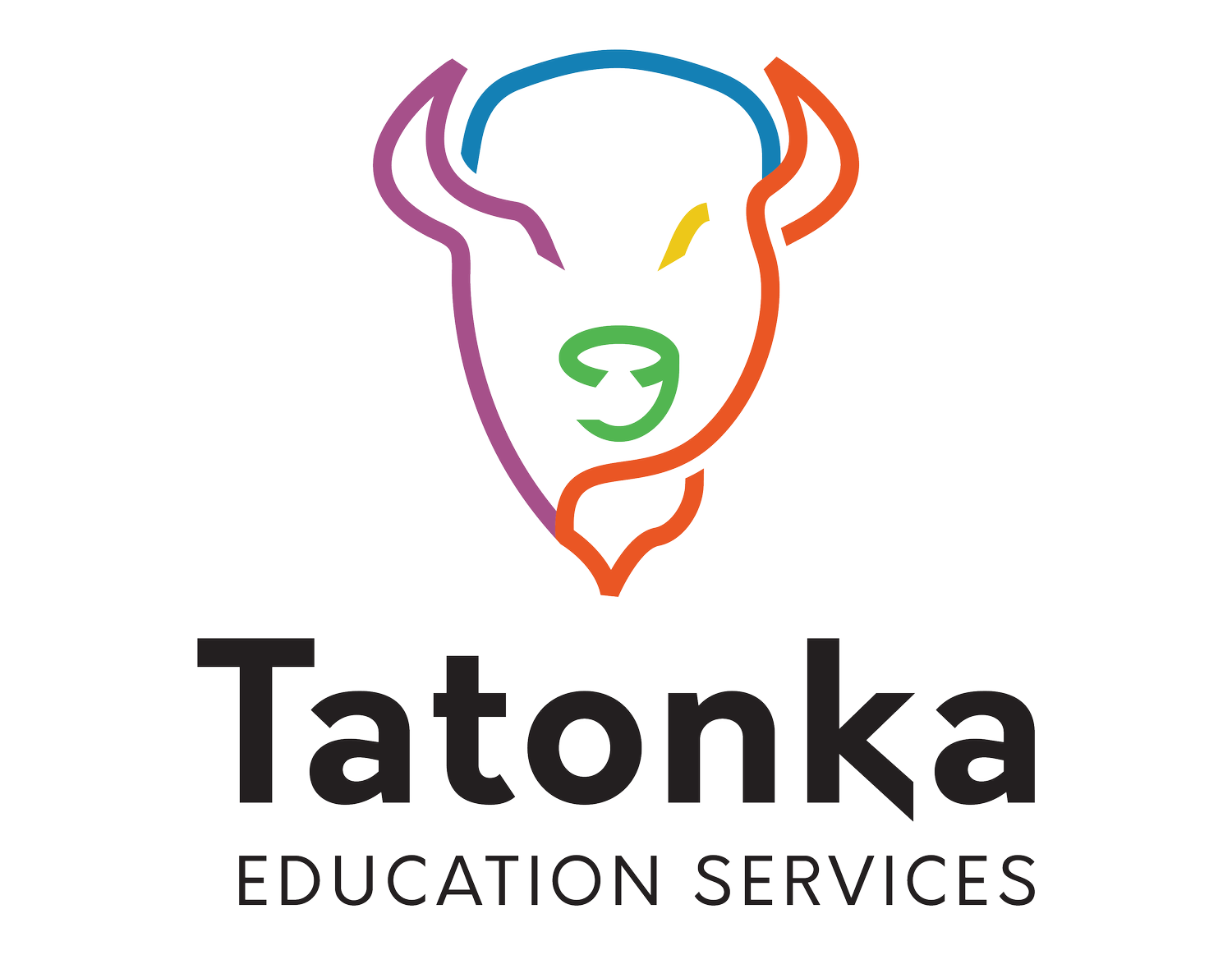The History of Education in the US | Part 8 | Maria Montessori
Maria Montessori (1870-1952) was an Italian physician, educator, and inventor who revolutionized educational methods by emphasizing how children naturally learn. She began her career as one of the first female doctors in Italy before turning her focus to education. In 1907, Maria opened the first Casa dei Bambini (“Children’s House”) in a low-income neighborhood in Rome to test the methods she developed as a physician working with children.
The Montessori method was groundbreaking – turning many principles of traditional education upside down. Unlike conventional classrooms where the teacher selects the subject matter, duration of study, and memorization requirements, the Montessori method placed the individual student as the director of their own education. In the Montessori world, teachers are facilitators and guides, not directors. Students direct their learning path and learning pace. The goal was to harness a child’s natural curiosity and use it to develop confident, self-directed learners and citizens.
Under this revolutionary method, the students of the first Casa dei Bambini thrived, attracting attention from across the globe. Today, the Montessori method is taught all over the world. In the US, charter schools allowed parents/guardians to seek non-traditional learning environments for students who didn’t fit into the one-size-fits-all model of the district school system. Today, over 500 public schools teach using Maria Montessori’s methods.
Maria Montessori was more than an educator; she was a barrier breaker, a revolutionary, and a feminist icon. She was a true pioneer in every sense of the word.
Sources:


